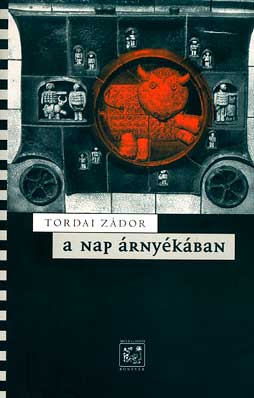
Lélek és sors
A pillangó és az ember Amiről nem lehet beszélni, arról beszélni kell L’Augusto Fellini A távcső művészete Volt egyszer, hol nem volt
More...We kindly inform you that, as long as the subject affiliation of our 300.000+ articles is in progress, you might get unsufficient or no results on your third level or second level search. In this case, please broaden your search criteria.

A pillangó és az ember Amiről nem lehet beszélni, arról beszélni kell L’Augusto Fellini A távcső művészete Volt egyszer, hol nem volt
More...
The article presents the oeuvre of the most outstanding directors whose last films were either met with a lot of criticism or forgotten. Fairly often—though it is by no meansa rule—they are considered to be weaker than their previous works. They are usuallyashamedly omitted or treated dismissively while discussing the director’s entire oeuvre.While some of those harsh criticism are often not without merit, they sometimes unfairlyand unjustifiably doom certain works to artistic nonexistence. The article discusses threedirectors whose last works were met with a similar fate: Fritz Lang, David Lean and AkiraKurosawa. In all of those cases, the directors remained faithful to either their biographiesor their chosen style.
More...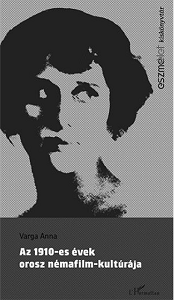
American melodrama targets eternity, while Russian melodrama targets nothing. In this respect it can be stated, that the Russian silent movie in the 1910s was remarkably modern. The concentration of the motives of unbearable existence, scandals, being betrayed, and collapse result in an aesthetic vacuum. By the end of the films we get to experience the exhaustion of time: "time stops". In this vacuum, for the rebellion of life the only possible way to return to time is found in the question "What shall we do?" The young motion picture demands time in motion. According to the author, the particular situation of the "sacred" and "demonic" Russia one hundred years anticipated the universal situation of humankind today. In the long disappeared artistic golden age we can find the alternatives of today and tomorrow. The analyses of the films, whose modernity will never die, are a variation on the theme by Walter Benjamin: future exists as long as the present finds its mission in regaining derailed futures embedded in the past. Our totally corrupt world needs to be redeemed. The Russian silent movie was already a far cry in the 1910s, but not the silent cry of fear, like in German expressionism, but the cry of rage.
More...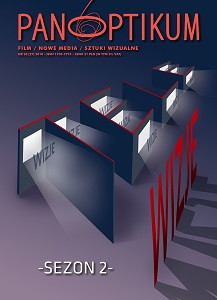
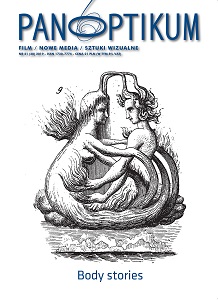
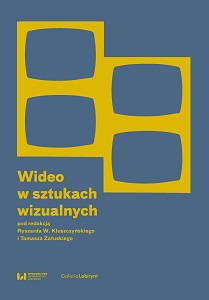
Video is among the youngest media formats currently used as a means of artistic expression. At the same time, it has become one of its most important paradigms, influencing the contemporary image of art to the greatest extent. In its history – lasting more than half a century – video has undergone substantial evolution, morphing from an instrumentation of creative experiments in the electronic medium and radical political interference into a new sphere of cultural activity, a contemporary field of creative transmedia, comprehensively present in current social practices. Video in the Visual Arts offers a reflection on this evolution and on the variable relations between the medium and different artistic concepts which create the image of visual arts today. The authors put forward theoretical considerations defining the scope and forms of video found in art, and analyse its historical manifestations. The texts contain analyses of communicative and cultural aspects of video, of metamorphoses it has undergone in its lifetime, of its variegated sets of aesthetics, contents and circulation, but also of its relations to different art disciplines. A broad overview of video as a means of expression has been provided throughout the book.
More...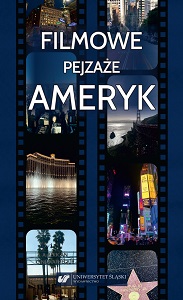
As a continuation of the "Europe’s Filmscapes" volume, "Americas’ Filmscapes" presents a variety of approaches to filmscape studies, based on the conviction that American landscapes have been mythologized to a far greater extent than the European ones. The issues of film topography and geography are often shown in the book in their relation to different auteur strategies (Wes Anderson, John Carpenter, John Ford, Patricio Guzmán, Alfred Hitchcock, Claudia Llosa, Michael Mann, Kelly Reichardt). The essays collected in the volume also present selected problems of the genre topoi (western, horror, slasher, zombie film), Hollywood studio landscapes, the role of landscape in the films about discovering the New World, and the aesthetic function of wasteland in contemporary road movies.
More...
Wander Forever between the Winds. Anthropological Study of the Structural Evolution of Westerns a book about films that are carriers of myth. The western is a myth in the original sense of the word, which can be described as follows: A myth is a story about sacred things. Sacred things do not necessarily belong to the supernatural order. Sacred things are things that are most important to a society. A myth is also a story about events which create a structure that can be applied simultaneously to the past, present and future. In Wander Forever between the Winds, the western is initially a myth about the creation of society through a social contract, then evolves to become an antimyth seeking to imitate history, and finally, in the history of the western as a film genre, the period of life after death begins, which continues to the present day.
More...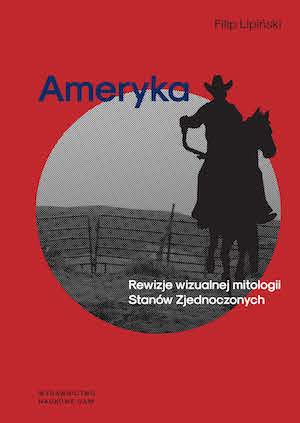
The book Ameryka. Rewizje wizualnej mitologii Stanów Zjednoczonych [America. Revisions of the Visual Mythology of the United States] is a critical analysis of the formation and the subsequent revisions of what the author describes as American visual myths. These myths are embedded in the vast field of visuality, models of vision, images, art and other objects of visual culture, such as film. Ameryka was written, first of all, from the perspective of an art historian, but also an Americanist, hence it offers an interdisciplinary scholarly proposition combining reflections in the fields of art history, visual culture studies and American studies. Following an extensive theoretical introduction, all the chapters are separate but correlated with the book as a whole: there are case studies of the creation of myth-images, particularly in the 19th century, in their diverse forms and media and, more importantly, of how they were revised in art and visual culture in the 20th and 21st centuries. Throughout the book, the author draws an important distinction between the United States and America, which is understood as a symbolic-imaginary field or screen within which American mythology is formed, primarily to neutralize difference and unify the heterogenous American nation. The extensive analyses of artworks, popular images and films demonstrate the way American mythology was gradually deconstructed, especially from the mid-20th century, as a result of the awakening of political consciousness of the marginalized groups, the surge of civil rights struggle and changes within the broader social-cultural landscape of the United States. At the same time, despite these internal interventions and the subsiding economic and cultural hegemony of the USA on the global scene during recent decades, by referring to specific cases and issues of American visuality, the author claims that the basic coordinates of the myth continue to serve as a lasting frame of reference.
More...
Taking the position of the manager of Teatr Śląski in Katowice in 1992I was aware of the fact that it was the only theatre in Poland named after StanisławWyspiański. The patron himself and his thinking about art, especiallyan interdisciplinary nature characterizing him, imposed the project of an artisticprogramme on this stage for 11 years. Wyspiański’s connections with Silesiacover both an artist’s interest in an Old‑Piastdistrict, including fascination withHenryk Pobożny, and his contribution to the shape of the intellectual formationof Poles who, after 1918 dictated a socio‑politicalnature to Katowice. MichałGrażyński, a voivodship and Marian Sobański, a long‑standingmanager, sawStanisław Wyspiański as both the theatre patron, and a starting point for anartistic level they dictated to the very institution. Giving the name to the theatrein 1936 was connected with Józef Piłsudski’s death. For many Poles the marshalwas the embodiment of Konrad from Wyzwolenie, and his death determinedmany spectacular events.The theatre in Katowice offered Stanisław Wyspiański’s biggest masterpiecesin the 1930s. They only lacked Akropolis. The adaptation of this play, consideredby many the most difficult one written by an author of Wesele became a greatchallenge for the Silesian stage at the end of the first century of its existence. Thedecision was reinforced by the fact of Poland’s entry to the European Union andintensification of talks on civilization roots of our country. A biblical area andthe world of Greek and Roman mythology, very much present as the two mainconstituents of Akropolis, allowed the theatre to enter into an important socialdialogue. The task to by performed by producers and, mainly a director, washow to stage the play. The basic conception was solved by means of buildingthe person of the Poet, mainly from the stage directions inspired by the authorhimself when writing Akropolis, his struggles with disease and fascination withPolishness. Next, the person of the Poet became the source of inspiration forWhiting a play on Wyspiański. Chryje z Polską by Maciej Wojtyszko was basedon a little known fact from our history, namely one meeting between Wyspiańskiand Piłsudski on 1 March 1905. Its leading theme was support for an ideaof treasure in favour of the Polish army to be. Stefan Żeromski was engaged ingetting into touch. Wyspiański considered the possibility of taking the positionof the manager in Teatr Miejski. Piłsudski wanted to use a February resolution inRussia to start yet another uprising in Poland. The work by Maciej Wojtyszko,presenting a confrontation of both characters, shows possibilities of a dialogueof art and politics, reveals painful wounds in the history of mentality of Poles.The image of a character Stanisław Wyspiański becomes in both positions isa food for thought.
More...
The book about the transcendent cinema of Darren Aronofsky takes the reader on a journey through the selected filmography of this outstanding American director. A monograph devoted entirely to his extraordinary work, which among film experts and film audiences has both a group of devoted admirers and critics. A strong, even anarchist accent falls here on the type of film hero presented, living on the margins of society and consciously rejecting its normative structures. The films, as well as the literature to which the book refers, are an expression of a critical attitude towards symbolic violence and the imposition of creatively limiting cultural norms on the individual, requiring such ordering such and no other understanding and experiencing the surrounding world. An astute observer of Darren Aronofsky's work will notice the existence of metaphysical problems in it, sometimes directly directed towards religious issues. We can call this kind of cinema transcendent. This cinema is only seemingly pessimistic in its meaning. It is worth looking for mythical stories to try to hear and understand what they have to offer us. It is worth turning to transcendence and trying to express the inexpressible, also in the art of film, as does Darren Aronofsky, who wants to be a trustee of great mythical narratives. These features, so characteristic of the director, can be seen, to a greater or lesser extent, in all his films, especially those referred to in this monograph. It will be interesting for the reader who expects from contemporary cinema something more than unsophisticated entertainment and wants to go beyond its ludic dimension.
More...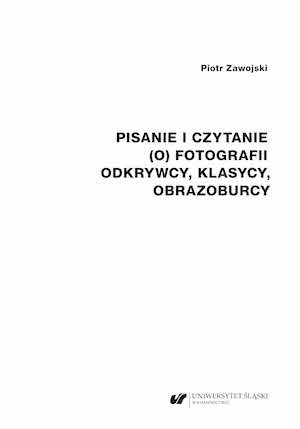
This book is an attempt at a new interpretation of texts by classical authors who write about photography as a medium, a way of recording the world, a tool of artistic creation and epistemological machinery. In addition to these re-interpreted authors, the book also includes chapters devoted to authors who propose new recognition of the phenomenon of photography, especially in the context of the expansion of new visual media and reflections on its “inhuman” dimension. A dozen chapters in the style of a scientific essay – which for the author means combining the accessibility of the argument without resigning from in-depth analysis and interpretation – is intended to present the diversity of looking at photography.
More...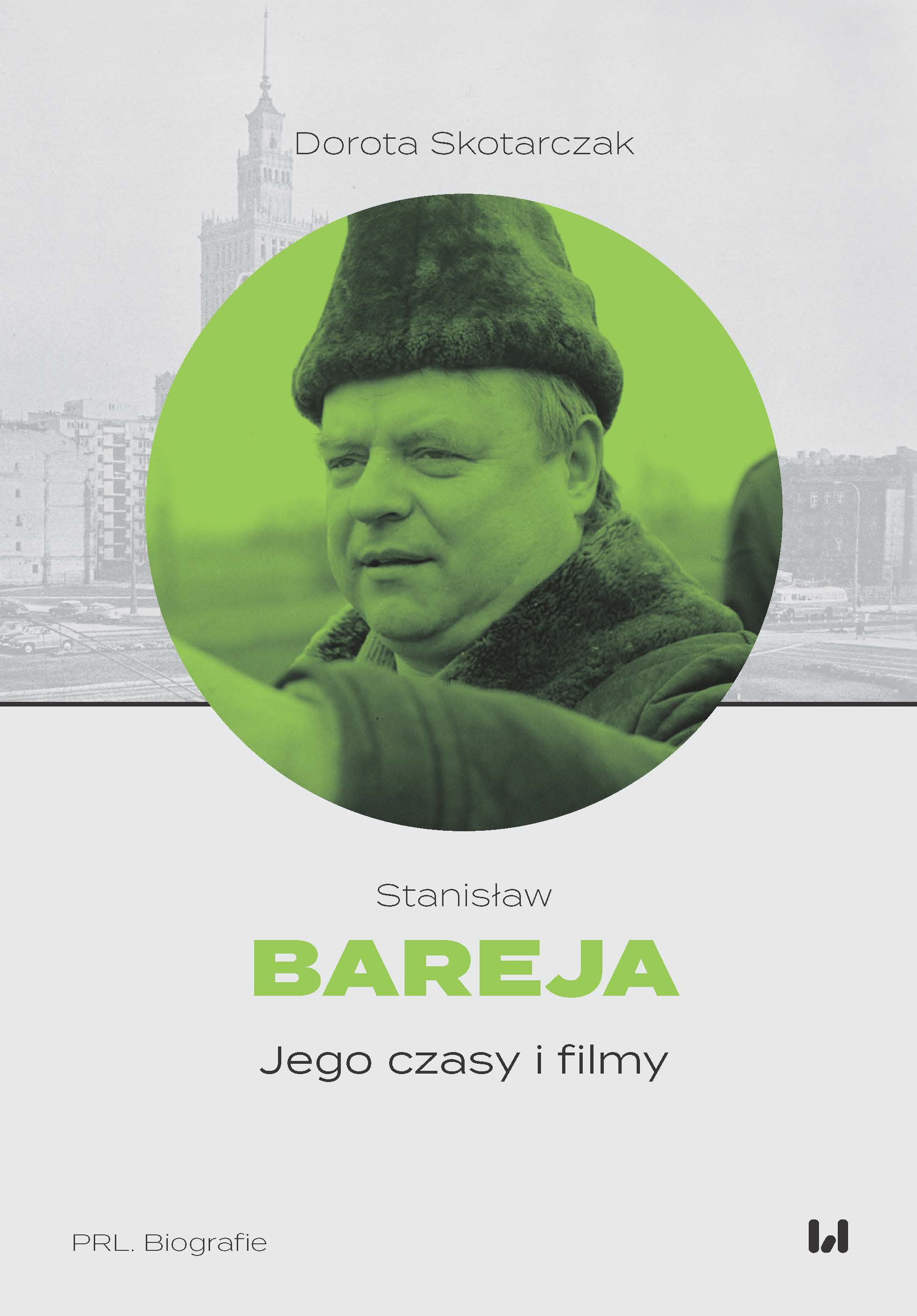
Stanisław Bareja (1929-1987) was a Polish film director born in Warsaw. After the war, the family moved to Jelenia Góra. Staszek had great intellectual passions from the beginning and after graduating from high school he decided to continue his education at the film school in Łódź. In 1960 he made his debut with the comedy “The Man of His Wife. ” The 1960s were successful with the comedies “Wife for an Australian” and “Marriage with Reason. ” His films, in which popular actors appeared, moved to cinemas and attracted increasing criticism from the press and parts of the film world. In the late 1960s, Kasimir Kutz, an old friend of Barei’s, used the term “ba reizm” for artistic mediocrity. This helped to block further projects of the director for four years. Bareja returned in 1972 with the movie “Wanted Wanted. ” A new, more mature period of his work began. His comedies will now consistently brand the absurdities and humiliations of life under real socialism. That’s why there’s always trouble with censorship and crowded public halls. In the 1970s, criticism of Bareia remained ambivalent. On the one hand, he was still under condemnation, but on the other hand, there were positive voices on “What are you gonna do with me when you catch me” and “Bär” that put his films in a circle of moral discomfort. Since the late 1970s, Bareja had been a member of the Democratic Opposition, and his house had an illegal print shop. In the 1980s he produced two series “Alternative 4” and “Changer. ” The fight against censorship affected the health of the director, who died in the Federal Republic of Germany in 1987. Bareja’s wife didn’t have time to reach the dying man. The power of that time prevented them from doing so. Bareja left two children: the daughter Kasia and the son Janek. Today, the director’s work belongs to the permanent work of Polish film art.
More...
The work depicts artistic output of Francisco Goya y Lucientes as a source of inspirationin the Spanish cinema by basing on the examples of 81 films from the years1926—2011 (among which only 14 were distributed in Poland). Most of them arefeature film, but there are also documentaries, TV series’ as well as animations. Theaim of the book is to show — on the ground of film studies — how the perception ofGoya in his homeland has been changing in consecutive stages of history, and how,also thanks to the cinema, he has been transfromed into an icon of Spanishness.The methods applied by the author are typical for comparative cultural studies,and they can be inscribed in the current of studies on intertextuality in film. A comparativeanalysis gathering the disciplines of cinema and painting, concentrates on boththe meaning of an artwork, functioning in various socio-cultural contexts, and thestructural aspects that are pertained to its aesthetic layer.Contrary to previous research, the book is the first attempt at such a broad depictionof the subject in question. Up until now, only papers on a short-term basis havebeen written. Their authors focused on the renderings of the painter on screen. Whatis dominant among the studies referred to in the book — altogether 350, mainly writtenin Spanish — are works describing the oeuvre and life of Goya and outlining therole of an artist in the Spanish culture as well as socio-political conditions of theepoch he lived in. It was essential to refer to first of Goya’s biographers, and confronttheir relations with survived letters of the painter. The publications on film andpainting correspondence also appeared useful. The same can be said about monographsfrom the field of history of Spanish cinema.The introduction of the film references’ peculiarities would have been impossiblewithout outlining the context of Goya’s works and their reception in the epochs thatfollowed. Therefore, the first of the book’s three parts constitutes an attempt to highlightthose features of oeuvre and life of the artist that became magnetic to filmmakers.The conceptions seeking the origins of film visual imagination in the master’slate works were presented together with the roots of his romantic legend that echoedin all of his on-screen depictions. Also, the issue of national identity has been touchedupon, the complex character of which found its expression in Goya’s paintings and hismajor cycles of graphics. Aside from the map of diverse references that prove constantpresence of the painter in the culture of his country, the inspiration of Goya inthe areas of visual arts, literature and music has also been shown. The purpose of theabove was to depict the references in the films as a part of particular cultural continuity.On thus drawn background the subsequent parts of the work has been presented,which were devoted to film studies research as such. In the second part, three maincurrents according to precise source of inspiration have been distinguished. The firstone concentrates on the figure of Goya himself, recurrent on screen as a main characterof biographical films, but also as a supporting character in historical films. Thesecond one is the war of independence, iconography of which is frequently present intales about other conflicts as well, especially the Spanish Civil War. The third area ofinspiration is constituted by varying social contexts — ranging from the images ofmonarchs and aristocracy to that of poverty and superstition, through bullfighting,scenes of folk’s life, religious motives, Inquisition, marriage, prostitution, and insightfulanalysis and critique of morals.From such a division of film thematic reminiscences result three main functionsof painting inspirations in cinema. Aside from biographical aspect, they are: usingoeuvre in rendering the climate of a given epoch in historical films, and placinga painting or a graphic in another contexts, in which they gain new, often surprisingmeaning and prove the universality of the artistic vision.The analysis of the film material have let us concurrently highlight the changes inperceiving Goya reflected by the cinema largely connected to transfromations in thesphere of politics. In the age of silent cinema, before the civil war, a given artists’works helped to build a colourful image of Spain from the period of the 18th and 19thcenturies, intertwined into national and political threads. The films created after 1939were subdued to Fracoist ideology in both presenting the painter image and selectiveversion of his oeuvre, restricted in that time to pastoral images from the folk’s life andearly religious paintings. On the other hand, Goya’s later works were a source of inspirationto opposition directors who created their films at the twilight of dictatorshipor in the first years after Franco’s death. The period after establishing democracy didnot put down the need to confront works of the great painter from Aragon, stillaccompanying filmmakers in their reflection on past and contemporary Spain.The last part of the book, similarly as in the case of thematic threads, can betreated as kind of general conclusion devoted to aesthetic issues. Thus, the followingtopics have been discussed: utilizing portraits by Goya in depicting historical figures,the role of requisites taken from his paintings and graphics, the scenery functions inthe artist’s oeuvre and its influence on shaping filming space. The question of shotcomposition has been discussed as well as the problem of frame, colour andchiaroscuro nuances, and the particular types of references — the formula of “alivepainting”, intertextual punctum, quasi-quotes and cinema-painting. The above haveundergone metamorphosis in the subsequent decades of the film history — from beingprimarily blatant as a painting re-created on screen, towards less and less literal andmore and more veiled references.The present studies, designed to show Goya as a painter still relevant today —witness of his epoch, at the same time transcending far beyond it with his thoughts —open a field for further, more precise researches, directions of which were marked outin the book’s conclusion.
More...
Książka Psychologiczna praca z filmem zawiera pogłębione analizy psychologiczne wybranych filmów oraz gotowe scenariusze zajęć i ćwiczeń. Dzięki przystępnemu językowi może być inspiracją zarówno dla specjalistów różnych dziedzin, jak i laików. To podręcznik, ale przede wszystkim materiał zachęcający do refleksji nad problemami ukazanymi na ekranie. Tytułową psychologiczną pracę z filmem mogą podejmować uczestnicy szkoleń, studenci, uczniowie, ale też wszyscy zainteresowani poszerzeniem swojej wiedzy.„Potrzeba takiego kompendium dydaktycznego jest oczywista, a jej dostrzeżenie i inicjatywa, aby ją zaspokoić, jest ze wszech miar godna uznania. Podręcznik pomoże jednocześnie kształcić studentów w zakresie wiedzy psychologicznej oraz pobudzać ich wrażliwość na sztukę.” Prof. dr hab. Zofia Ratajczak, fragment recenzji„Wśród dostępnych podręczników brakuje pozycji, które wskazywałyby możliwości, jakie daje film w poszerzeniu warsztatu pracy psychologa i w zawodach pokrewnych. Publikacja będzie służyła prezentowaniu trudnych i ważnych tematów psychologicznych, które wiążą się z lepszym rozumieniem siebie i swego otoczenia.” Dr hab. prof. UG Anna Maria Zawadzka, fragment recenzji
More...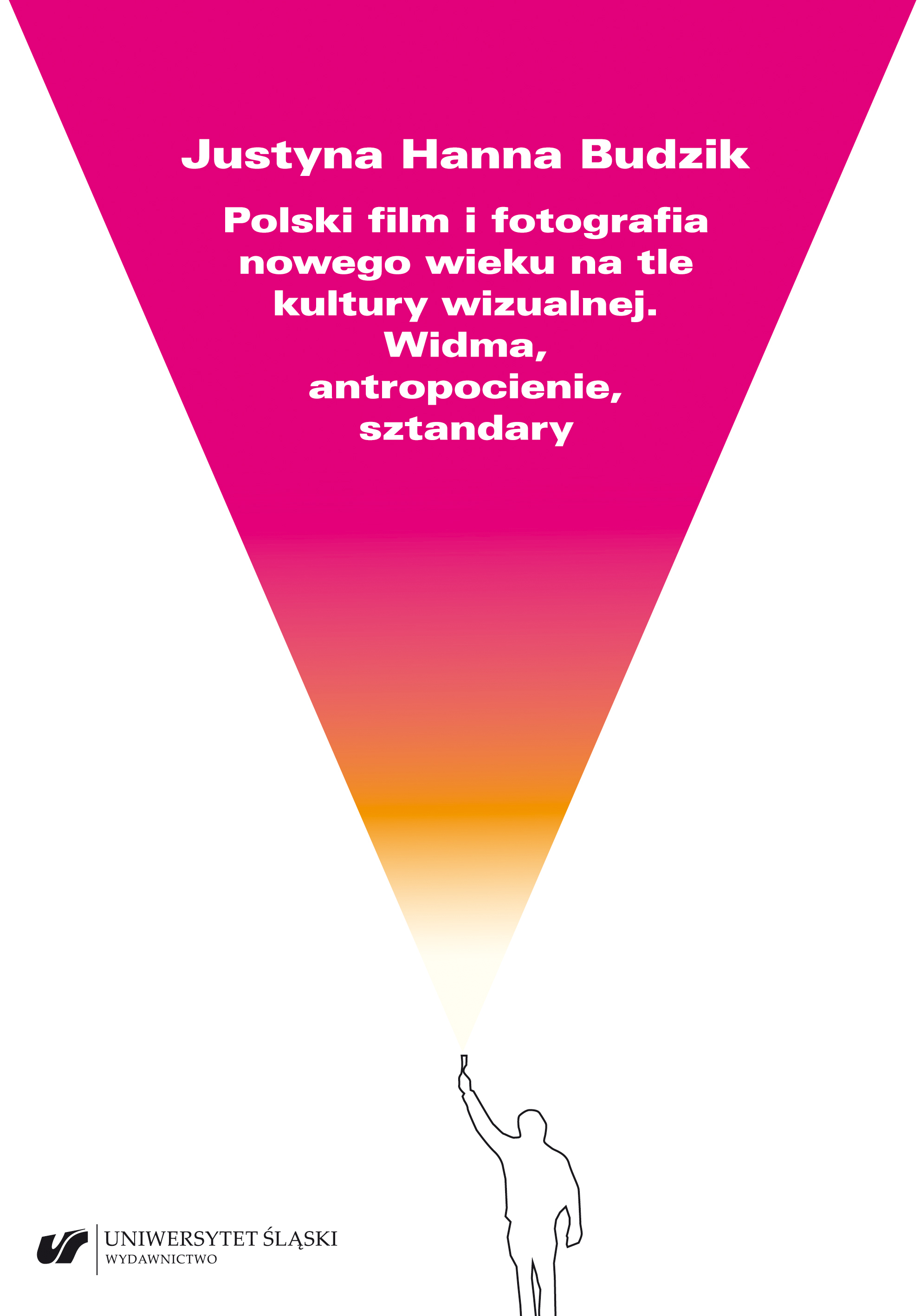
The book covers the findings of research on the 21st century Polish film and photography. For the purposes of this study, the terms film and photography are broadly understood and rooted in the culture studies perspective. Due to such framing, the author combines studies on fiction, documentary, short and feature-length films as well as documentary and staged photographs. The presented readings are created around three main categories of images, which are: spectres, shadows of the anthropos and banners.
More...
The texts collected in the book are a summary of the author’s work as a documentary film producer (1995-2016). The book explores the situation in the film industry in 2005-2022, after the implementation of the Act on Cinematography, which resulted in forming Polish Film Institute. The author analyses the mechanisms functioning among the filmmakers, and stresses that achieving success requires cooperation with other entities, e.g. those researching the market or writing about films. In his opinion, a very important element of the subjective status of documentaries is the dialogue with the viewers – a film should be treated as a communication tool.
More...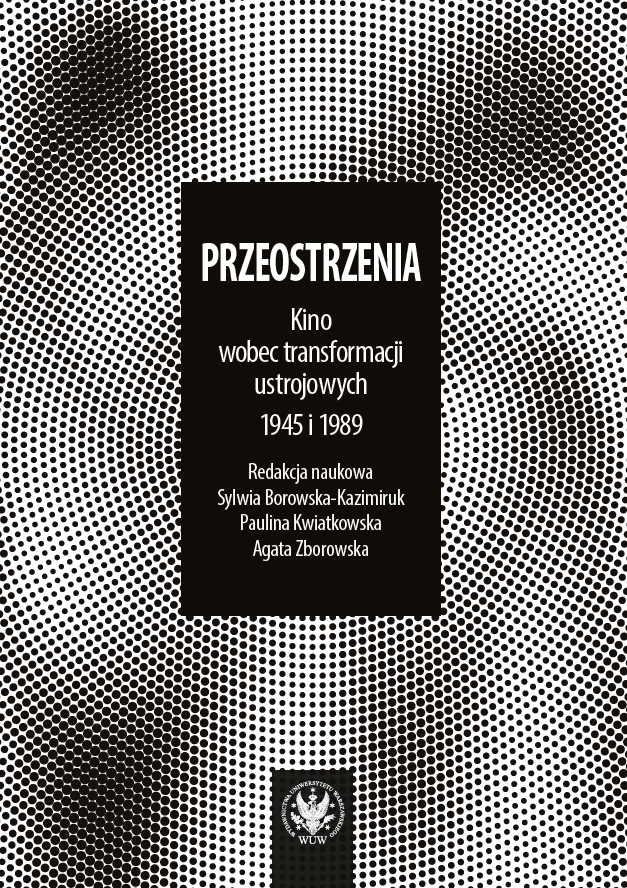
The book summarizes two moments of political breakthrough, which allows to look at Polish history in the 20th century not only from the perspective of violent transformations, but also long-lasting social, political and cultural narratives, reflected in Polish film productions, the organization of the film industry and the expectations the film audiences held of Polish cinema. The authors reflect on the narratives Polish filmmakers had to face, what elements of these narratives are present in Polish films which today prove both socio-political shocks and continuity and which form the complicated genealogy of the Third Polish Republic. The texts addressing this issue in German, Russian and Czechoslovakian cinema allow for seeing both transformations in Polish cinema in the transnational context.
More...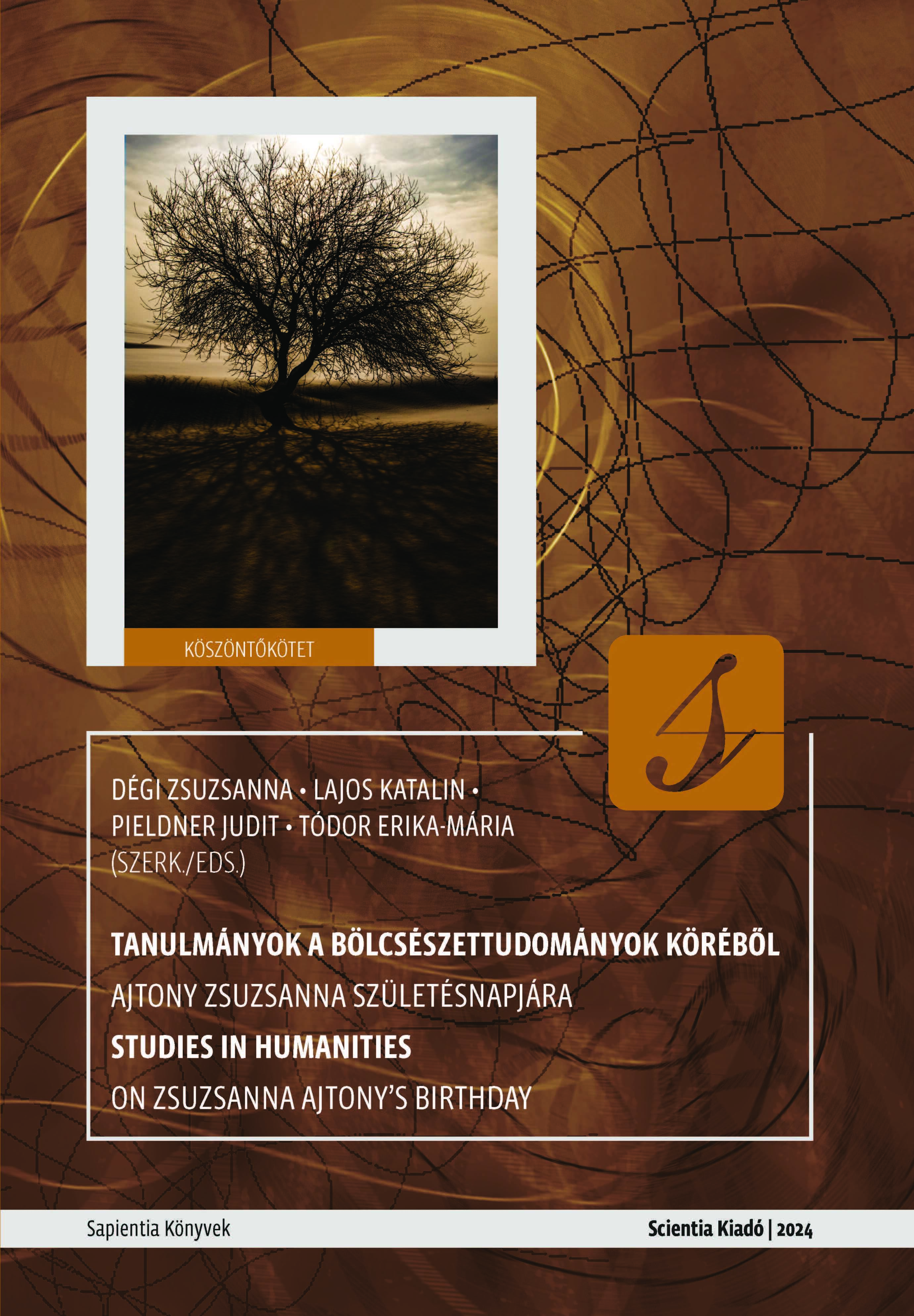
The volume greets Dr Zsuzsanna Ajtony, Associate Professor at the Department of Humanities of Sapientia Hungarian University of Transylvania. It is a tribute to her career as a secondary school teacher and later as a university staff member and researcher, whose guiding principle is: “I have been preoccupied with the combination of language teaching, literature, and the joy of reading ever since I started the teaching profession or since this profession ‘chose’ me.” The writings collected in this volume are related mainly to her fields of interest (language teaching, linguistics, imagology, literature, and translation studies), but they also provide insight into other related fields of the humanities (film studies, history, cultural history). On the occasion of the round anniversary, through the language and code system of scientific research, we wish her joyful and fruitful work in the future!
More...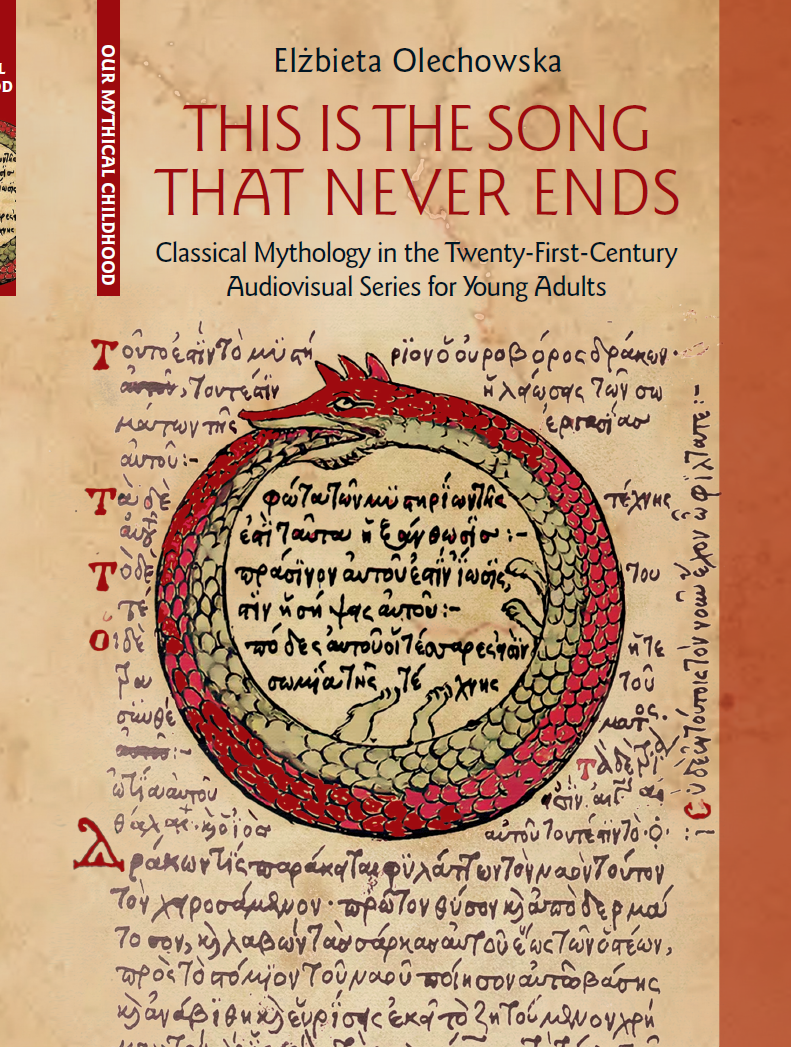
The appearance of the audiovisual series as a dominant genre on the broadcast entertainment scene was preceded by the millennia-long evolution of episodic narration. The book begins with an inquiry into the history and development of episodic narration to later provide a chronological survey of almost five hundred 21st-century audiovisual series (films are included for context) inspired by classical Antiquity. The data gathered in the survey are then analyzed from the point of view of the variety and frequency of the used myths and classical references, as well as compared with the significant scholarship on the reception of Antiquity (until recently, traditionally focused on cinema). The last chapters pull together a coherent image of the main themes and trends in the 21st-century audiovisual serial narratives inspired by Graeco-Roman mythology.
More...